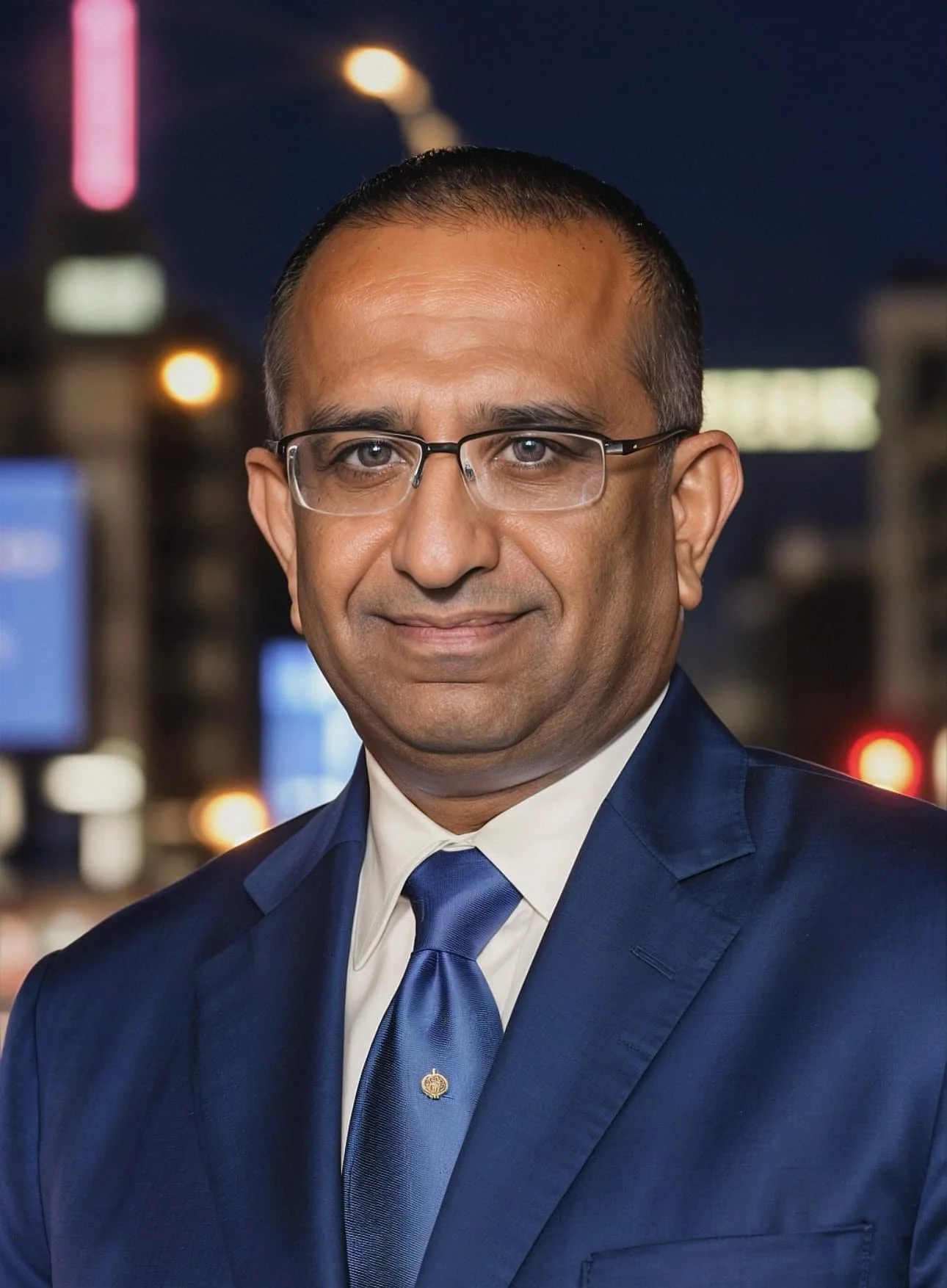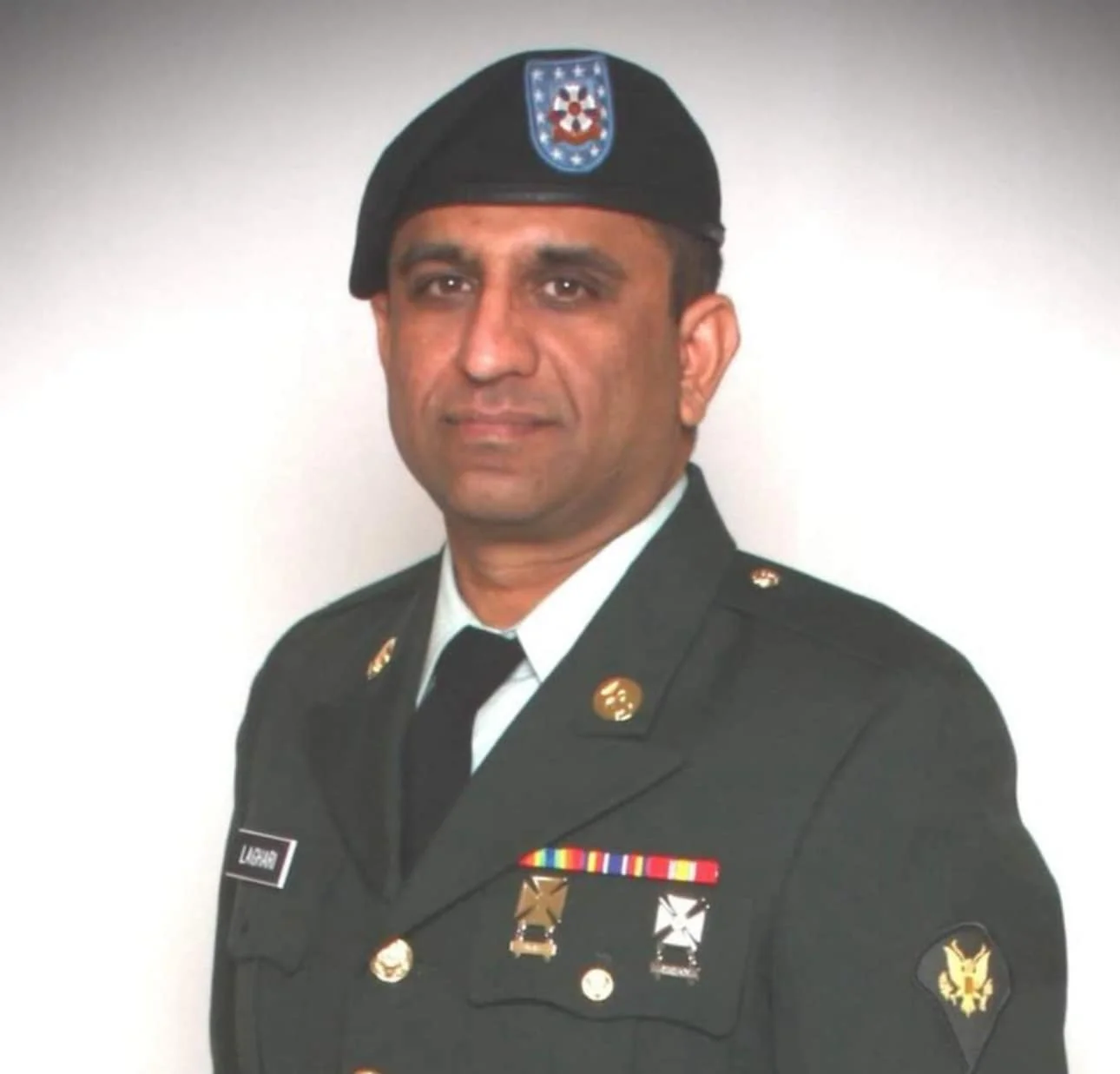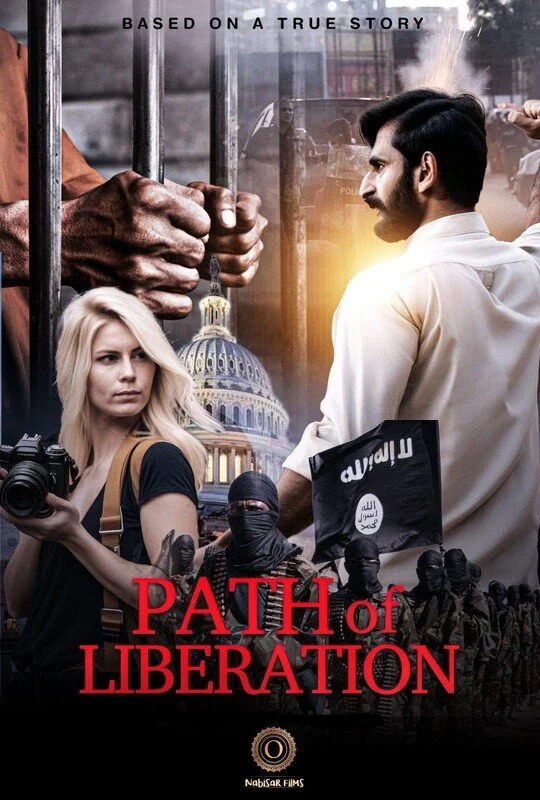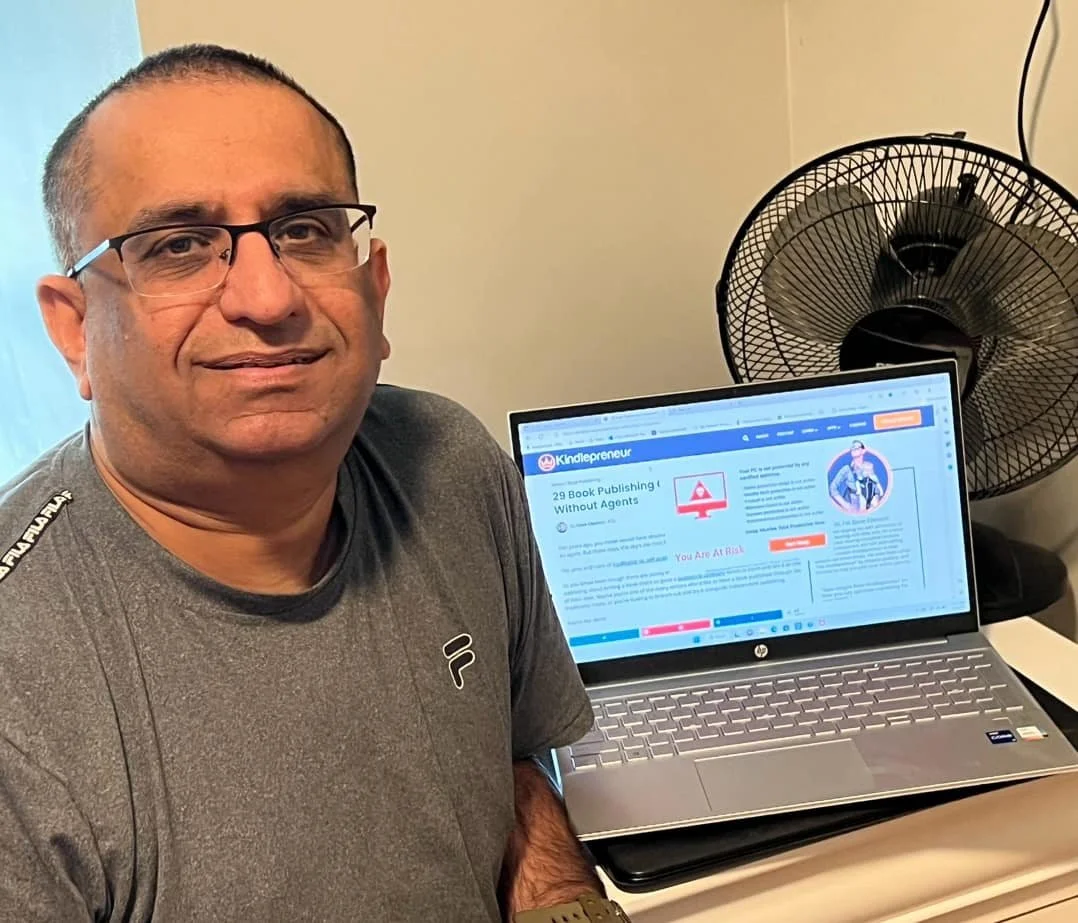Mansoor H. Laghari on Heritage & Storytelling
Welcome Mansoor, we are very excited to have you today with us to discuss about your work.
Who is Mansoor H Laghari and how did the passion for creating begin?
Mansoor H Laghari is a screenwriter and storyteller rooted deeply in the history and culture of Sindh, Pakistan. His passion for creating emerged early, influenced by the rich oral traditions and tales passed down through generations.
The stories he aspire, particularly surrounding resistance and resilience against colonization, captivated Mansoor and ignited his desire to tell powerful narratives that bring overlooked histories to light. Moving to the U.S. later in life, his experiences and cultural identity further fueled his creative drive, allowing him to blend Eastern storytelling traditions with Western cinematic techniques.
Can you tell us about your previous work ?
My work spans multiple forms of storytelling, from historical narratives/biopics to short films focused on social justice themes. Prior to “Path of Liberation,” my projects addressed issues like diaspora identity, the impact of war, and the lives of marginalized communities. My short films have already garnered attention in independent film circles, highlighting the dedication behind telling these stories that explore the human experience with empathy and authenticity. My work often combines my heritage and contemporary global issues, creating narratives that resonate universally.
How have your experiences shaped your writing and the themes you explore in “Path of Liberation”?
Growing up in Sindh and later serving in the U.S. Army exposed me to contrasting worlds. These experiences profoundly shaped my understanding of resilience, sacrifice, and the costs of freedom. Serving in the military deepened my awareness of patriotism, conflict, and the personal toll of war, while my Sindhi heritage instilled a connection to ancestral struggles against oppression. “Path of Liberation” aims to reflect these themes, bridging personal history with universal issues of freedom and resistance.
CONVERSATION ABOUT: "Path of Liberation"
Reflecting on your journey as a first-time screenwriter, what was the experience of writing “Path of Liberation” like for you?
Writing “Path of Liberation” was both exhilarating and challenging. As a first-time screenwriter, I was struck by the intricacies of scriptwriting, from pacing to balancing character development with action. Adapting complex histories into a screenplay format presented unexpected challenges, especially in portraying cultural nuances without compromising cinematic appeal. However, the process was also a journey of discovery, teaching me new ways to express my ideas while staying true to the story’s roots.
How did your family’s experiences during British colonization influence the character of Ghulam Mohammed Laghari?
Ghulam Mohammed Laghari’s character is inspired by my late father’s struggles and defiance against oppression, both during British rule and amid corruption within his own country at the time. His story of resilience and courage has been passed down, and through Ghulam Mohammed, I wanted to honor those traits. This character embodies the idea that selflessness and advocacy can take many forms, and that fighting against injustice, even when met with retaliation, is always a story worth telling. Like Ghulam Mohammed, countless ordinary people have shown extraordinary bravery, standing up for their land and identity. His character is both a personal and historical homage to those who fought for independence.
What do you believe is the most powerful tool that art has in addressing social injustice and fostering understanding?
Art’s greatest power lies in its ability to evoke empathy, allowing people to experience someone else’s life through a unique lens. Storytelling through art can bridge gaps in understanding, breaking down prejudice and fostering compassion. Film, literature, and visual arts give a voice to marginalized communities, illuminating social injustices and inspiring meaningful dialogue. This emotional resonance makes art one of the most potent tools for advocacy and understanding, creating connections that transcend individual experience.
What specific moments in the story do you believe resonate most with audiences, and why?
I’d say the real, raw aspects of Ghulam Mohammed’s story resonate deeply with any viewer. The audience wants to see someone relatable have such an impact, embodying the phrase “be the change you want to see.” Scenes depicting Ghulam Mohammed’s sacrifices, where he chooses his people's lives over his own, highlight the theme of selfless courage. These moments resonate universally, especially in the face of injustice, leaving a lasting emotional impact.
What do you envision for the future of “Path of Liberation”?
I envision “Path of Liberation” as more than just a film; it’s a story of unsung heroes whose sacrifices often go unrecognized. These heroes, working behind the scenes to drive change, embody the beauty of selfless dedication. Once adapted into a full feature film, I hope it will inspire audiences globally and initiate meaningful conversations and movements. This story has the potential to reach a broad audience and remind people that even one person’s passion can ignite profound transformation. I’m open to collaborations that will bring this vision to life.
Can you tease any upcoming projects or themes you’re excited to explore in your future works?
Without giving away too much, I can say I’m excited to delve into themes of identity, resilience, and cultural displacement in future projects. I’m developing a story focused on immigrant experiences in the U.S., exploring their unique challenges and triumphs. I’m also interested in highlighting lesser-known historical figures from Sindh who made significant contributions but remain largely unrecognized.
This marks the conclusion of the interview featuring our esteemed artist, Mansoor H. Laghari. Our community is growing steadily, with a continuous influx of skilled filmmakers and screenwriters joining us. Explore our other interviews, and consider scheduling one for yourself to showcase your creative endeavors.





